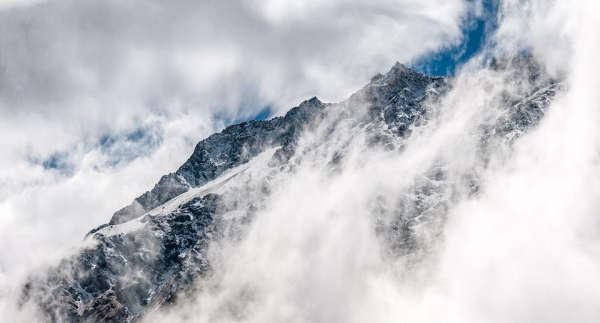High-resolution modeling of a 'blizzard-like' storm that killed 21 ultramarathoners in 2021 shows where coarser models underestimated the storm -- and highlights the need for ultra-high-resolution forecasts for events held in mountainous terrain.
In late May of 2021, 172 runners set out to tackle a 100-kilometer (62-mile) ultramarathon in northwestern China. By midday, as the runners made their way through a rugged, high-elevation part of the course, temperatures plunged, strong winds whipped around the hillslopes and freezing rain and hail pummeled the runners. By the next day, the death toll from the sudden storm had risen to 21.
A new study revisits the deadly event with the goal of testing how hyper-local modeling can improve forecast accuracy for mountain events. The runners ran into trouble because hourly weather forecasts for the race underestimated the storm. The steep mountain slopes had highly localized effects on wind, precipitation and temperature at too small a scale for the weather forecasts for the event, according to the new study, which is published today in the AGU journal JGR Atmospheres.
Hourly forecasts for the 2021 race were based on relatively large-scale atmospheric processes, with models running at a resolution of three kilometers—sufficient for most regional predictions, but too coarse to capture the “hyper-local” weather like the storm that struck the course, says Haile Xue, a climate scientist at China’s CMA Earth System Modeling and Prediction Centre and lead author of the new study. Even though a wind and cold temperature advisory had been issued the night before, it lacked the resolution required to pinpoint the danger zones on the course.
Read more at American Geophysical Union
Photo Credit: sakulich via Pixabay


